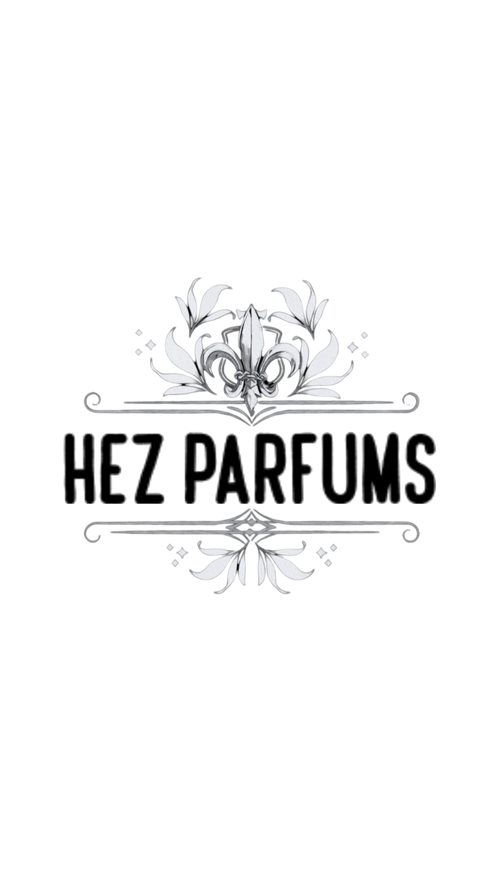Hez Parfums Beginner's Guide to Perfumery 007 - Calculating Proportions and Concentrations in Perfumery

Hez Parfums Beginner's Guide to Perfumery 007 - Calculating Proportions and Concentrations in Perfumery
Creating a well-balanced perfume involves meticulous calculations of proportions and concentrations. To craft a fragrance that captivates and endures, understanding these calculations is crucial. This comprehensive guide will help you navigate the intricacies of perfume formulation with detailed explanations and expert insights.
1. Understanding Fragrance Components
In perfumery, the art of scent creation revolves around several key components:
- Fragrance Oils: These are the concentrated essence of the scent, typically derived from natural sources or synthesized in a lab. As Jean-Claude Ellena, a renowned perfumer, puts it, “Perfume is the ultimate form of expression for a perfumer, distilled into a single, evocative bottle.”
- Alcohol: This serves as a solvent, diluting the fragrance oils and aiding in their dispersion. It’s a major component in many fragrance products, making the scent accessible and wearable.
- Fixatives: These stabilize the fragrance, extending its longevity on the skin. Fixatives can be natural or synthetic, and their role is to help the scent evolve over time.

2. Types of Perfume Concentrations
The concentration of fragrance oils dictates the strength and longevity of the perfume. Here’s a breakdown of common perfume types:
- Perfume (Parfum): Contains 15-30% fragrance oils. It is the most concentrated form, providing a rich and enduring scent experience. As Roja Dove, a leading perfumer, notes, “Perfume is like a signature; it should linger and tell a story.”
- Eau de Parfum (EDP): Typically holds 10-20% fragrance oils. This concentration offers a balanced intensity, making it suitable for both day and evening wear.
- Eau de Toilette (EDT): Contains 5-15% fragrance oils. It’s lighter and often used for daily wear or in warmer weather.
- Eau de Cologne (EDC): Features 2-5% fragrance oils. It provides a more fleeting fragrance, often used as a refreshing splash.
- Aftershave: Generally has 1-3% fragrance oils. It’s designed to soothe the skin post-shaving while offering a subtle scent.

3. Calculating Concentrations
To determine the concentration of fragrance oils in a finished product, use the formula:

Example Calculation:
For a 100 ml bottle of perfume with 20 ml of fragrance oils:

This formula is essential for ensuring that the fragrance has the desired strength and longevity.

4. Mixing Proportions for Different Perfume Types
To achieve the correct concentration, calculate the amounts of each component based on the total volume of your perfume. Here’s how to mix for different types of fragrances:
Perfume (Parfum) – 20% Concentration
- Total Volume: 100 ml
- Fragrance Oils: 20% of 100 ml = 20 ml
- Alcohol: 100 ml - 20 ml = 80 ml
Calculation:
- Fragrance Oils: 20 ml
- Alcohol: 80 ml
Eau de Parfum (EDP) – 15% Concentration
- Total Volume: 100 ml
- Fragrance Oils: 15% of 100 ml = 15 ml
- Alcohol: 100 ml - 15 ml = 85 ml
Calculation:
- Fragrance Oils: 15 ml
- Alcohol: 85 ml
Eau de Toilette (EDT) – 10% Concentration
- Total Volume: 100 ml
- Fragrance Oils: 10% of 100 ml = 10 ml
- Alcohol: 100 ml - 10 ml = 90 ml
Calculation:
- Fragrance Oils: 10 ml
- Alcohol: 90 ml
Eau de Cologne (EDC) – 5% Concentration
- Total Volume: 100 ml
- Fragrance Oils: 5% of 100 ml = 5 ml
- Alcohol: 100 ml - 5 ml = 95 ml
Calculation:
- Fragrance Oils: 5 ml
- Alcohol: 95 ml
Aftershave – 2% Concentration
- Total Volume: 100 ml
- Fragrance Oils: 2% of 100 ml = 2 ml
- Alcohol: 100 ml - 2 ml = 98 ml
Calculation:
- Fragrance Oils: 2 ml
- Alcohol: 98 ml
5. Practical Tips for Accurate Mixing
- Precision Tools: Use accurate scales and graduated cylinders to measure ingredients precisely. Even small errors can affect the final product.
- Gradual Mixing: Add fragrance oils to alcohol slowly and mix thoroughly to ensure even distribution.
- Maturation: Allow the perfume to age for several weeks. This maturation process, also known as “macération,” helps the scents blend harmoniously and develop their full character. As the famous perfumer Bertrand Duchaufour says, “The real magic of perfume happens with time; patience is essential for the true scent to emerge.”
Conclusion
Crafting a perfume is both an art and a science. Accurate calculations of proportions and concentrations are vital to creating a fragrance that not only smells delightful but also performs as intended. By mastering these calculations, you ensure that your perfume is perfectly balanced and ready to make a lasting impression. Whether you're an amateur perfumer or a seasoned professional, understanding these principles will help you create fragrances that are both memorable and enchanting.

